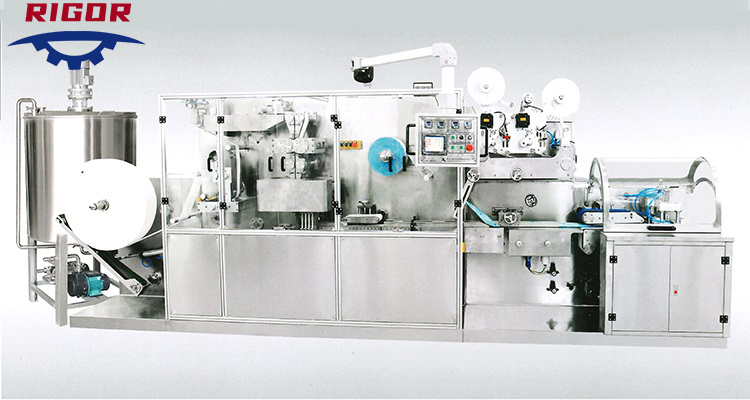Making your own flushable wet wipes can be a great way to save money and reduce waste. However, it’s important to ensure that the wipes are safe to flush and won’t cause any issues with your plumbing or the sewer system.
Here are some tips to help you make your own flushable wet wipes:
Choose the right materials: Use materials that are safe to flush and won’t break down in water. Cotton or bamboo cloth is a good choice for the wipes themselves, and you can use a mixture of water and a mild soap or baby shampoo to create the wetting solution.
Cut the wipes to size: Cut the cloth into small squares, approximately 6-8 inches in size, so they’re easy to handle and flush.
Add the wetting solution: Mix the water and soap or baby shampoo in a container, and then add the cloth squares to the solution. Make sure the squares are fully saturated with the wetting solution but not dripping.
Store the wipes: Store the wet wipes in an airtight container to prevent them from drying out and to keep them fresh.
Test the wipes: Before using the wipes, test them to ensure they’re safe to flush. Flush them down the toilet and make sure they break down easily and don’t cause any clogs or issues with your plumbing.
Dispose of properly: If the wipes don’t break down easily or cause issues when flushed, dispose of them in the trash instead of flushing.
Remember, even if you make your own flushable wet wipes, wet wipes production manufacturer it’s important to use them sparingly and only when necessary. Flushing too many wipes, even if they’re labeled as flushable, can still cause issues with your plumbing or the sewer system.
How can I dispose of the wipes properly if they don’t break down easily?
If you find that your homemade flushable wet wipes don’t break down easily or cause issues when flushed, it’s important to dispose of them properly to avoid clogs and other plumbing problems.
Here are some tips for disposing of non-flushable wipes:
Trash can: The easiest and most common way to dispose of non-flushable wipes is to throw them in the trash. Make sure to wrap them in a paper or plastic bag before throwing them away to prevent any unpleasant smells or leaks.
Composting: If you have a compost bin or pile, you can compost the non-flushable wipes. However, it’s important to note that not all wipes are suitable for composting, and you should check the materials to ensure they’re biodegradable and safe for composting.
Hazardous waste disposal: If you’re dealing with wipes that contain hazardous materials, such as chemicals or medical waste, you’ll need to dispose of them at a hazardous waste disposal facility. Contact your local waste management authority for information on hazardous waste disposal in your area.
Remember, it’s important to only flush items that are specifically labeled as flushable, even if you make your own flushable wipes. Flushing non-flushable items can cause serious plumbing problems and damage to the sewer system. If you’re not sure whether an item is safe to flush, it’s best to dispose of it in the trash.
